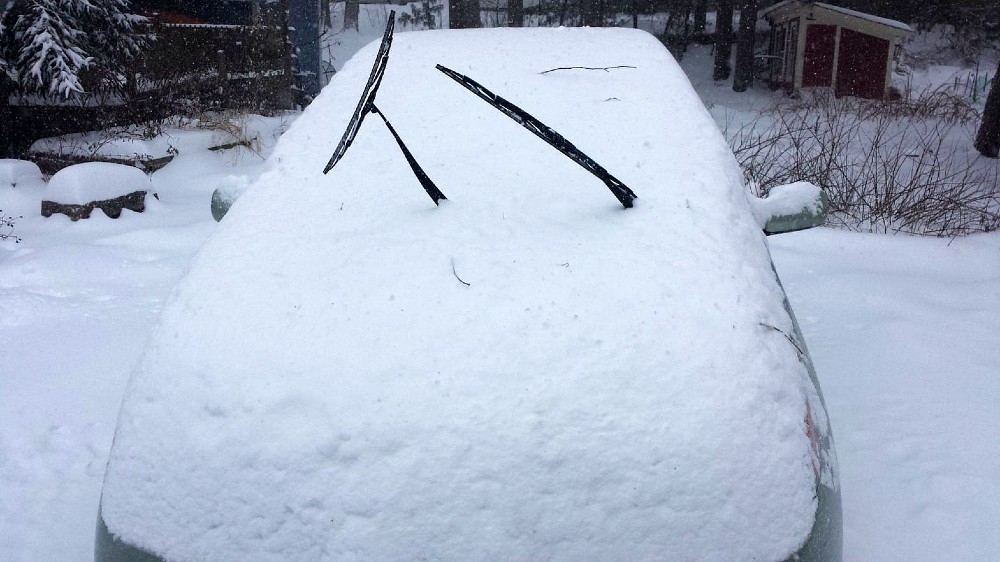As I look out at the neighborhood in the wintry state of Wisconsin I see a lot of snow around me.
We’ve had snow showers, snow flurries, snow dustings, and then wind to blow all the snow around.
All of it’s white, and that’s due to how light and color work.
Snowflakes, of course, are very elaborate little ice crystals.
When light enters snowflakes, the rays scatter through the crystals and bounce around before exiting again.
Every frequency of color gets bounced around and reflected, rather than being absorbed.
And when all color frequencies reflect back out of a surface, there’s white.
Simple enough, right?
Well, choosing colors for a painting of snow is often a different story.
For one thing, a big, uninterrupted white space on a canvas is not always so compelling.
And, of course, not every part of a snowscape looks exactly the same.
There can be shadows that give the snow a blue or grey tone.
Or maybe the sun just before the end of the day makes it look somewhat pink or orange.
Just so long as it’s not yellow, right?
Since we’re talking winter today: Untapped New York has a story about how, in the 1980s, Bloomingdale’s once sold chips of ice from a glacier in Greenland and charged $7 a bag.
The people behind the plan said it was tradition among polar explorers to pour whiskey over the bluest, and reportedly oldest, ice.
But the idea of selling 100,000 year old ice in Mylar bags – wait for it – melted away soon after.
Why Is Snow White? (HowStuffWorks)
Is Snow White? Maybe, or Maybe Not. (UCAR Center for Science Education)
That Time Bloomingdale’s Sold Ice from a 100,000 Year Old Glacier in Greenland (Untapped New York)

